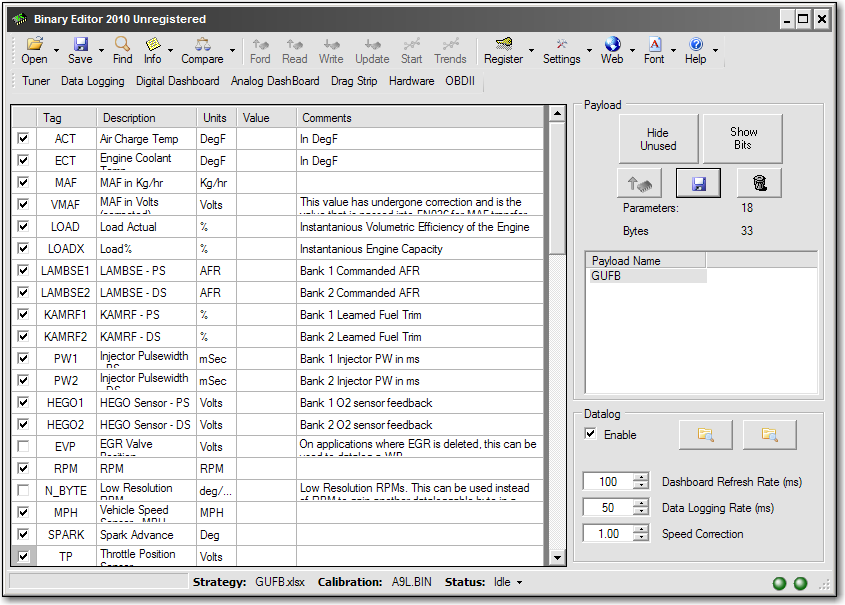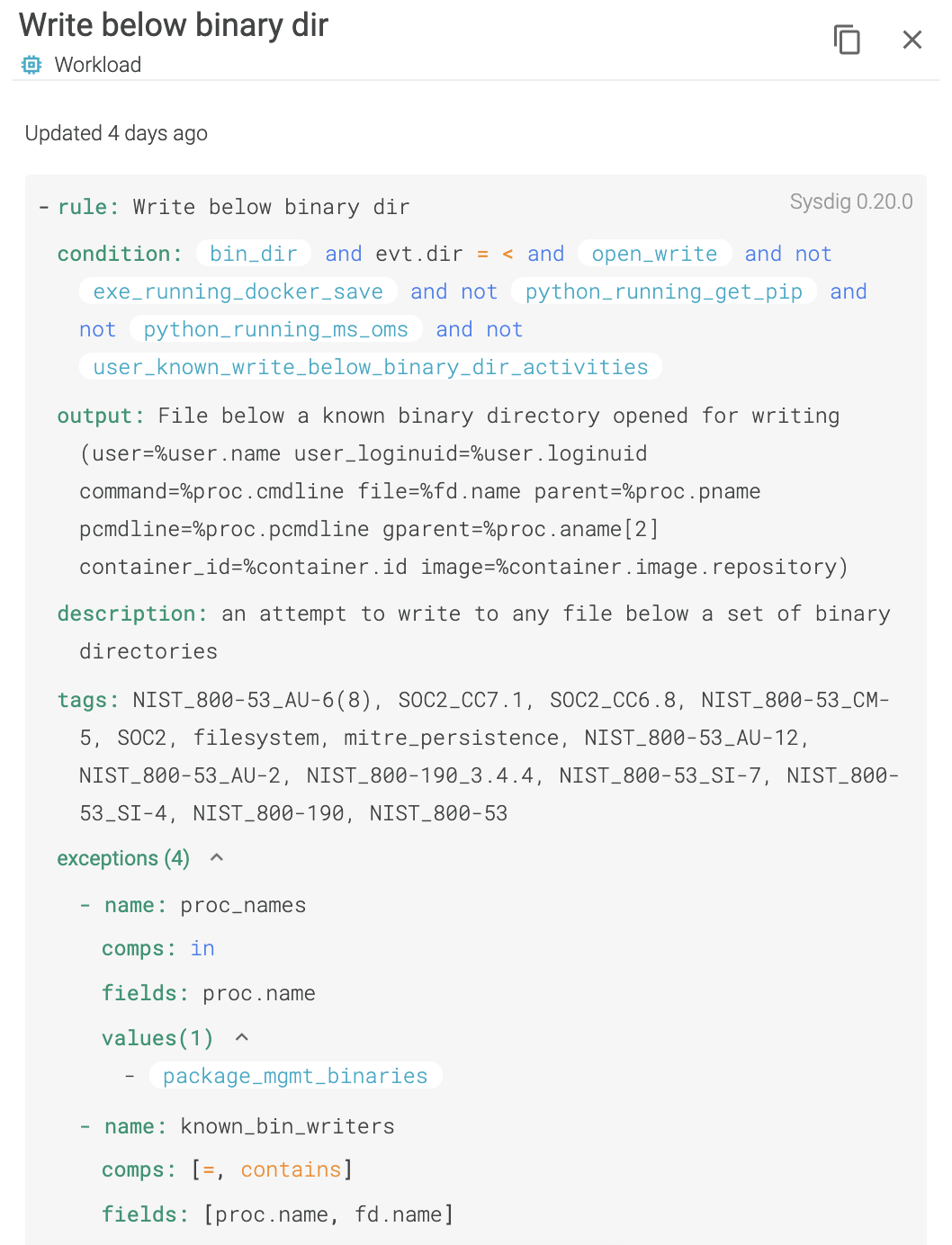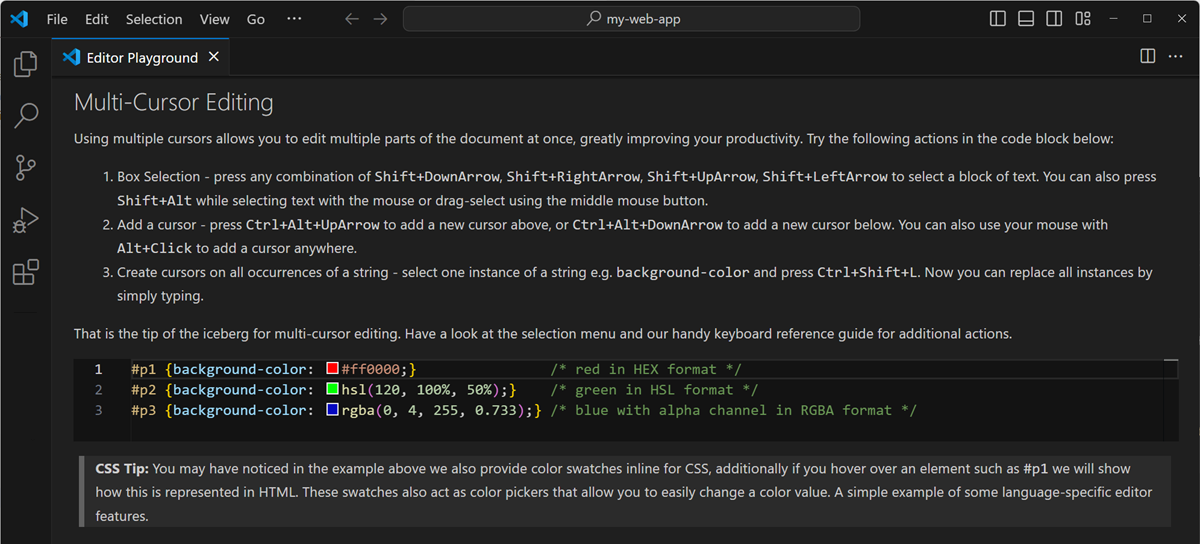

We had 25 candidate models and two metrics, accuracy and roc_auc, and we get a row for each. The function collect_metrics() gives us a tidy tibble with all the results. Once we have our tuning results, we can both explore them through visualization and then select the best result.

#> # Tuning results #> # 10-fold cross-validation #> # A tibble: 10 × 4 #> splits id. Tree_wf % add_model(tune_spec) %>% add_formula(class ~.

As before, we can use strata = class if we want our training and testing sets to be created using stratified sampling so that both have the same proportion of both kinds of segmentation. We want to tune these hyperparameters to find what those two values should be for our model to do the best job predicting image segmentation.īefore we start the tuning process, we split our data into training and testing sets, just like when we trained the model with one default set of hyperparameters. Tuning tree_depth, on the other hand, helps by stopping our tree from growing after it reaches a certain depth.

However, a high cost increases the number of tree nodes pruned and can result in the opposite problem-an underfit tree. It adds a cost, or penalty, to error rates of more complex trees a cost closer to zero decreases the number tree nodes pruned and is more likely to result in an overfit tree. Tuning the value of cost_complexity helps by pruning back our tree. We will tune the model hyperparameters to avoid overfitting. This happens because single tree models tend to fit the training data too well - so well, in fact, that they over-learn patterns present in the training data that end up being detrimental when predicting new data. Tuning these hyperparameters can improve model performance because decision tree models are prone to overfitting. the complexity parameter (which we call cost_complexity in tidymodels) for the tree, and.There are several hyperparameters for decision tree models that can be tuned for better performance. In this article, we will train a decision tree model. However, the accuracy of some other tree-based models, such as boosted tree models or decision tree models, can be sensitive to the values of hyperparameters. Random forest models are a tree-based ensemble method, and typically perform well with default hyperparameters. 20.5 #> # … with 2,014 more rows, and 51 more variables: avg_inten_ch_4, #> # convex_hull_area_ratio_ch_1, convex_hull_perim_ratio_ch_1, #> # diff_inten_density_ch_1, diff_inten_density_ch_3, … Predicting image segmentation, but better 🔗︎


 0 kommentar(er)
0 kommentar(er)
